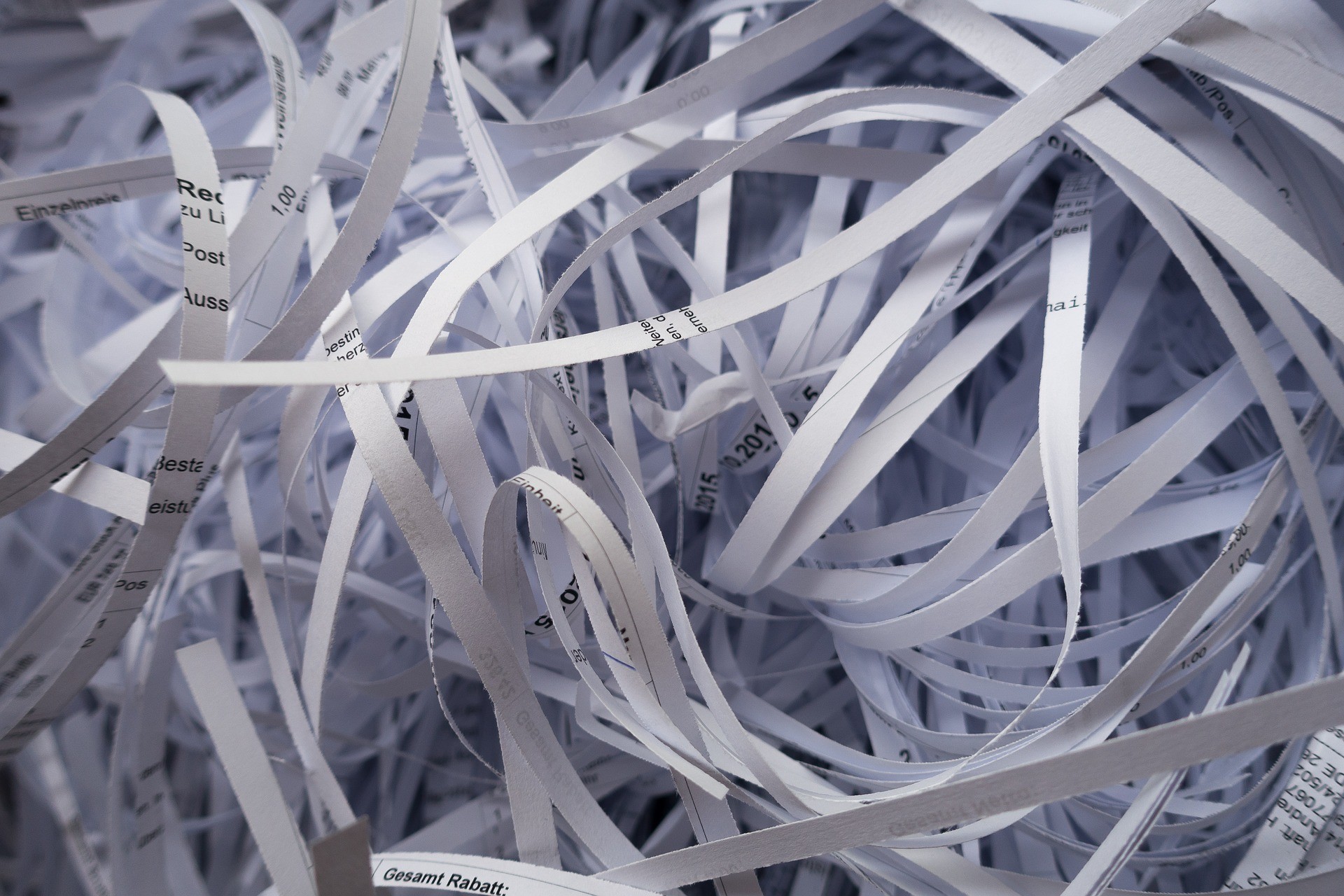
How to transform your company into a paperless organization
This year, consider embracing one of the biggest breakthroughs in office management: a clean, paperless organization with no impact on trees. Why? The switch saves you money in many ways, such as the cost of paper and printing, it streamlines document retrieval, and helps meet compliance requirements like GDPR.
Though transitioning to digital may require an upfront investment of a few thousand dollars, digital storage is vastly cheaper than printing and organizing physical files. Say, for instance, you’re buying paper for 10,000 employees. Stocking up on budget-friendly paper from Amazon.com will easily set you back at least $800,000 every year — and according to Print Greener, printing will cost you an additional $.06 to $.13 per page. In total, you’re looking at a minimum investment of $6,800,000 annually for paper records. The price of storing the same amount of data paperlessly on Hadoop? Less than $30 per month, according to Amazon Web Services’ most recent price list.
The hidden cost savings of paperless organizations
Paperless also helps keep your business competitive by making it much easier to find the documents you need. Implementing a paperless organization model means text search is now available to retrieve digital paper documents in seconds. According to PricewaterhouseCoopers, $120 is spent to search for just one misfiled document in labor costs. With Hadoop, employees can easily find invoices, spreadsheets, presentations, and more while already at their computers.
This is also particularly important when it comes to complying with regulations and the law. Whether your organization is private or public, governmental or nonprofit, you likely possess a significant amount of confidential data — and this has become more important than ever, with regulations like GDPR. Losing or misplacing this data could result in major fines. Going paperless makes it possible to track who is accessing information and where they are taking it.
A healthcare use case of a paperless organization
Consider the example of Kaiser Permanente. The healthcare provider and insurer received the highest honor from the Healthcare Information and Management System Society for the paperless system it introduced at 350 of its ambulatory clinics. Stage 7 Ambulatory certification recognizes electronic integration that maintains confidentiality while allowing sharing of patient information, comprehensive use by clients and staff, and data warehousing and archive retrieval. The system change has allowed the network to better diagnose illnesses and collaborate on treatment plans, reducing deaths from cardiac-related complications by 88 percent according to one case study. Kaiser Permanente estimates the switch to digital prevented 135 deaths and 260 emergency procedures.
Kaiser Permanente isn’t the only enterprise that has greatly benefited from going paperless, so what is holding other companies back? My company works with customers across dozens of verticals and I’ve found the biggest qualm about paperless isn’t the concept, but the cost and ease of execution. People don’t know where to begin with what seems like a fundamental shift in the way the business runs. After all, the industries with the most to gain from paperless–healthcare, finance, government, education–are rarely applauded for efficiency.
The process of going paperless doesn’t need to be intimidating or outrageously expensive. The key to a successful transition to digital is preparation. If you’ve decided a paperless model is right for you, here are a few steps to paperless you can share with your facilities manager or a purchasing director:
1. Assess the mess
In order to transition to a sleek paperless organization, the facilities manager or purchasing director first needs to get a sense of the scale of the project. He or she should start by creating a small task force of department heads to put together an estimate of total documents. We call this a Data Assessment, and Solix offers tools and services to accomplish this task.
2. Plot a timeline
As an honor student can tell you, the key to finishing a project on time is meeting smaller goals along the way. Likewise, the timeline for going paperless should consist of a set of realistic milestones.
To make the process less daunting, I recommend setting weekly goals. If the company is handling file transfers internally, setting a weekly goal allows team members to balance their paperless responsibilities with daily work. If the company is hiring an outside team, it’s helpful to have a weekly deadline. Overall, spreading the project over a few months makes it manageable, but not protracted enough to risk fatigue and burnout.
3. Put it away
As a final step, the facilities manager or IT Manager will need to consider how the company will store the new digital files. Enterprise archiving on Apache Hadoop handles this job with commodity storage and commodity compute costs, which is scalable and most importantly provides a platform to utilize artificial intelligence and machine learning to monetize the data by providing unique insights using Big Data analytics.
Transitioning into a paperless organization might take a bit of effort and up costs upfront, but the benefits to cost, control, and compliance are clear. As more organizations are using cloud-based tools and systems, going fully digital is a logical move to becoming a data-driven organization in the age of big data.



